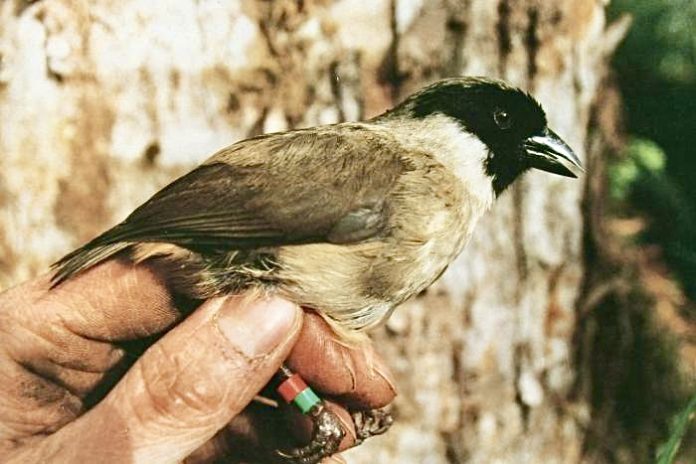
21 Animals & Plants In The U.S., Including 8 Native Hawaiian Birds, Have Gone Extinct
You can help all animals and our planet by choosing compassion on your plate and in your glass. #GoVeg
RELATED ARTICLES
Banning Cruelty: New Legislation Aims To Ban Octopus Farming In The U.S.
New bipartisan legislation has just been introduced in the U.S. to ban commercial octopus farming and prohibit imports of farmed octopus from foreign countries.
The...
Outrage In Yellowstone! Grizzly Bear Killed By Wildlife Officials & Left With Head & Paws Cut Off
Photo by: Trisha McFarland / Cowboy State Daily
A photo of a dead grizzly bear with its head and paws cut off has caused an...
Inside Florida’s Illegal Horse Meat Trade: Undercover Footage Shows Racehorse Being Shot & Butchered
A heart-wrenching discovery of illegal horse slaughter has emerged, with video footage exposing the tragic killing of a racehorse named 'Funny Biz,' who was...
Popular stories
Industry News
The Center For Biological Diversity Sues California Pesticide Regulators To Protect Mountian Lions, Foxes & Many Other Species From Super-Toxic Rat Poisons
The Center for Biological Diversity submitted a formal notice of intent to sue California pesticide regulators for failing to protect endangered San Joaquin kit foxes,...
News
New York City Proclaims March 20th As ‘MeatOut Day’ Joining 12 Other Cities Throughout The United States In Promoting A Plant-Based Diet
March 20th marks the first day of spring, but for almost four decades, it has also been recognized in many cities throughout the world...
Breaking! Global Leaders Urged To Sanction Mexico To Save The Last 10 Remaining Critically Endangered Vaquita Porpoises From Extinction
In a series of letters delivered yesterday, conservation groups urged the United States and international authorities to use sanctions to pressure Mexico to save...


